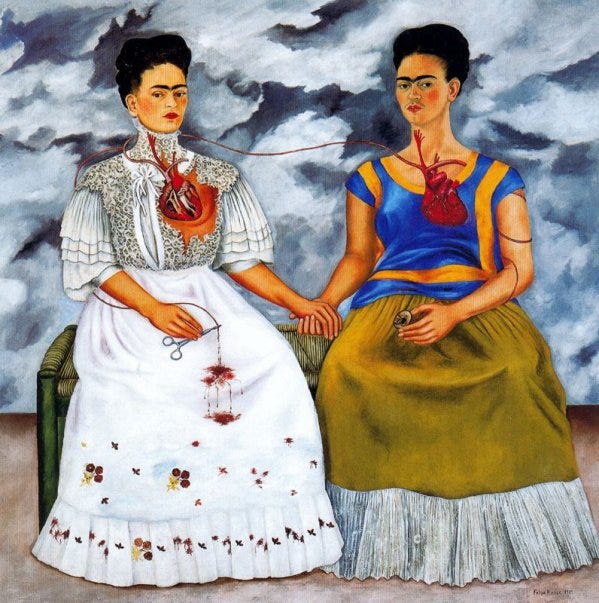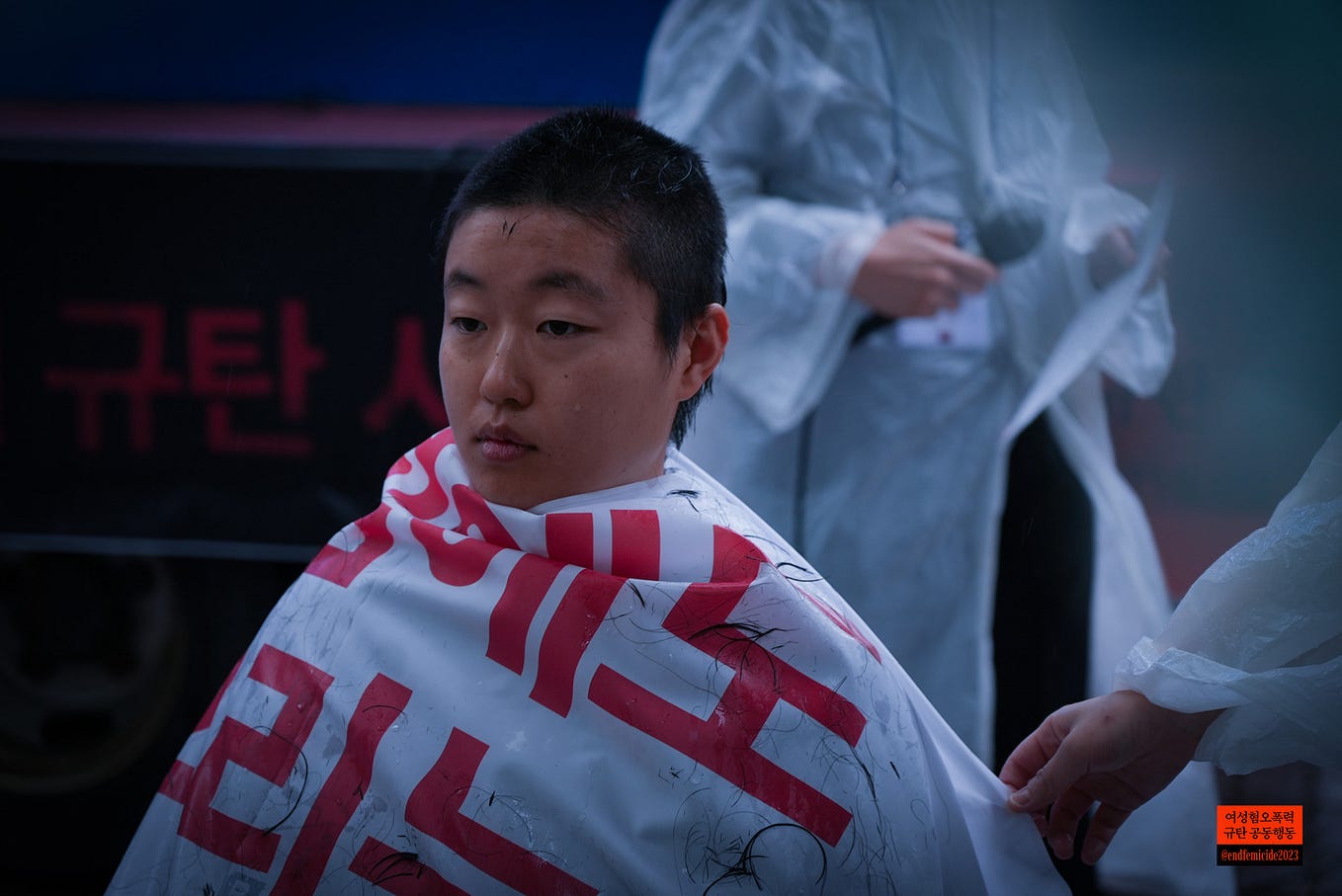Ninon De Lenclos: a Courtesan, but Not Only
How the patriarchy managed to make Ninon de Lenclos only a courtesan when she was a great woman of letters.
Anne “Ninon” de l’Enclos (1620–1705) was a woman of letters and woman of wit, epistolarian, but most famous for being a French courtesan. There is still some doubt about her date of birth, she would have been born in 1620 or 1623. In fact, she is said to be the most accomplished example of the courtesan model: a well-educated young woman with a good manner, a lively and open mind, and a born seductress. She was an extremely intelligent young woman, a prodigious musician, and an avid reader influenced by the libertine and atheistic ideals. And this is what we will remember about her, her condition of the courtesan, of “men’s woman,” more than her mind and her knowledge.
Initially, although a Parisian, Ninon de Lenclos did not live in the Marais. Her mother sent her there at the age of 16 to frequent the world of the aristocracy. Ninon accompanied her mother to the Parisian salons where she was seen as a star. Music, dance, literature, and even foreign languages held no secrets for her. People loved her, loved to be seen around her. But when her mother died, the bourgeois women of the Marais district turned away from her, not finding her respectable. Ninon then found refuge with Marion Delorme, the most famous courtesan of her time, which did not help her reputation with the great ladies of the aristocracy! Indeed, at that time, in addition to being a very bourgeois district, the Marais was also the district of libertinage, an ideal that Ninon defended. She found her first lover, who abandoned her without mercy, and this misadventure taught her to be wary. She found another lover but this time she didn’t make the same mistake. She gave him the minimum attention, did not get attached, and he brought and provided her the necessary material support. And the “career” of Ninon de Lenclos as a courtesan was launched.
Everyone loved her. The interesting thing about her was that she didn’t so much appeal to men because of her looks as because of her sharp mind and her knowledge of a wide range of subjects. She was indeed a great beauty but what men liked most of all was her intelligence, to be able to talk about everything with her. By the way, she had a large number of lovers and suitors, which she classified into 3 categories:
— the payers: those who paid and maintained her, whom she cared little about and to whom she gave almost nothing
— the martyrs: the hopeless suitors, those who would have nothing from her because they did not interest her
— the favorites: the chosen ones of the moment, very short moments, from a few hours to a few days, a kind of “caprice.” The idea was not to get attached. Never. Freedom was her keyword
In spite of all these lovers, Ninon ended up falling in love with the Marquis de Villarceaux, with whom she settled in the countryside. The two lived a passionate love story for 3 years and eventually returned to Paris, where they would give each other back their freedom.
In her free and assumed life, it happened nevertheless a misadventure to Ninon. She was deprived of freedom and sent by force to the convent in 1657, a convent for the women of joy, the free women. Let me explain. The Convent of the Madelonnettes was formerly located in the Marais district, in Paris, and has its origins in a rather amazing story. It is told that one evening in 1618, a rich wine merchant was accosted by two prostitutes. Outraged by this approach, the merchant made remarks about their conduct and their profession and following this sermon, the two prostitutes would have confessed to him that they would like to change their lives. And that’s how the idea of a convent to give these “filles de joie” a fresh start was born, the convent of the Filles de la Madeleine, or Madelonettes. Of course, the vast majority of the girls in this convent did not enter of their own free will and were sent there by their families if they had any or by the city authorities. One of the most famous boarders was Ninon de Lenclos, sent to the Madelonettes convent. The convent became a political prison for women during the Revolution and was destroyed in 1866. It was called a convent but you understand now that it was a “kind” word for prison. A prison for free women who scared the masculine power with their freedom and emancipation from men.
In the Marais district, at 36 rue des Tournelles, Ninon had a salon from 1667, after her forced stay in a convent. What was a salon? It was a kind of literary salon, created during the 17th century and very fashionable in the 18th century, where wealthy societies met. Ninon’s salon was a very frequented salon, by men as well as by women. Ninon’s charm and culture were praised during her famous “cinq à neuf” where all the intellectual and cultural elite of Paris used to come. For the record, it was in this salon that the very first reading of Molière’s Tartuffe was given (a classic French play), to which Ninon de Lenclos made a few corrections and modifications. She was certainly a courtesan but above all a recognized and respectable woman of letters.
Very much ahead of her time, Ninon de Lenclos had the will to be a free woman and was so all her life. She fully assumed her life and her choices, was a convinced and assumed atheist, and greatly participated in the liberation of morals in 17th-century society, notably by showing that a woman could very well lead a free life, without being a spouse or being under any man domination. Some historians even say that she was a feminist before her time, despite the anachronism of the word.








